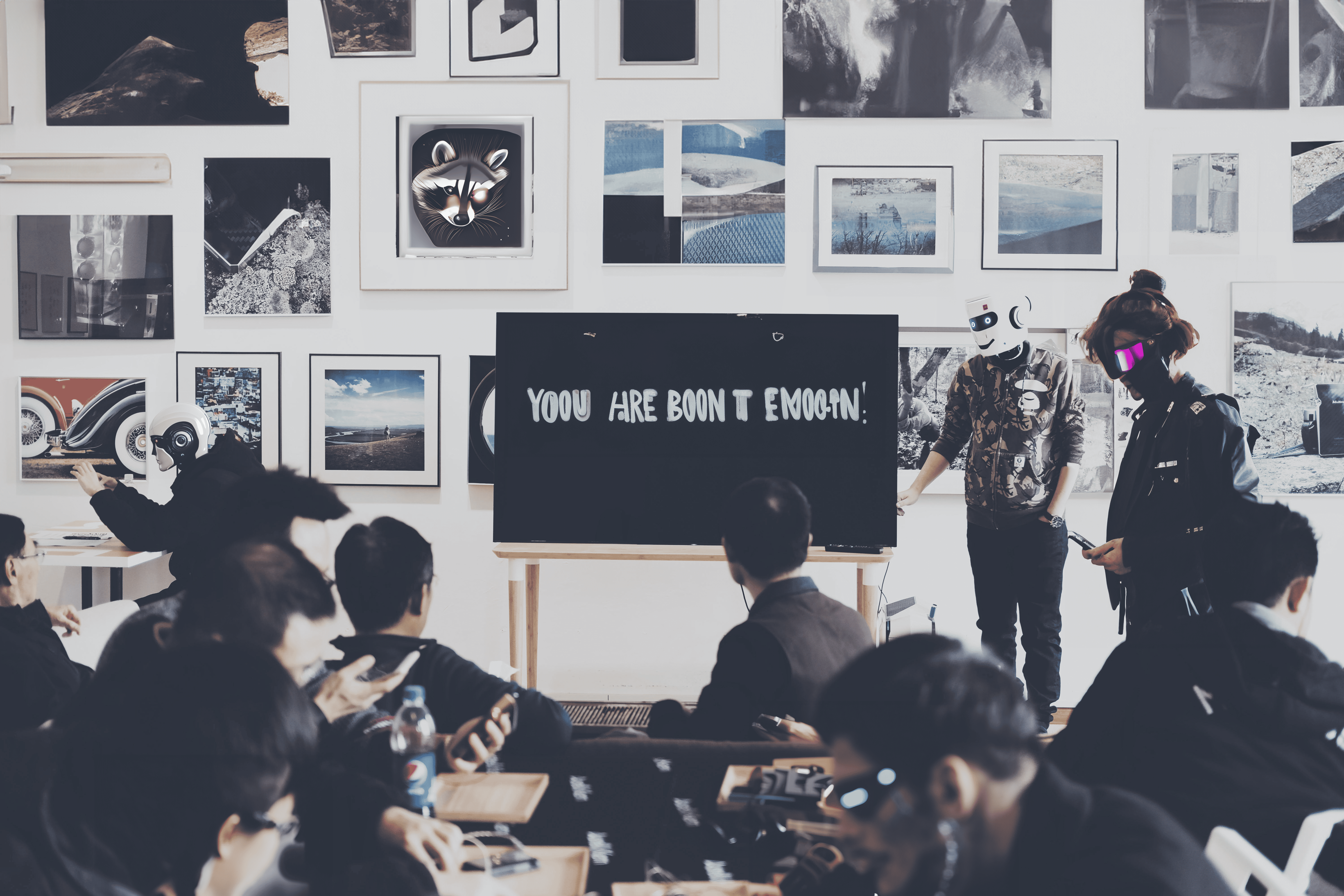Or the AI clickbait version: The Presentation Code: Cracking the Formula for Conquering Your Creative Demons
There is this thing in the creative industry, which is, there is always a point where you have to share your work with someone else for review...the presentation.
In the creative industry, the moment of presentation is akin to baring your soul before others for scrutiny and critique. It's a process that often induces trepidation, even for seasoned professionals. I've experienced the nerves & the sweat. However, I've also learned that these presentations, when approached with the right mindset, can be transformative, providing opportunities for growth and affirmation.
Presenting always involves exposing yourself, raw, naked in front of someone else to get ripped apart, your flaws will be shown in public, and every mistake that you did will surface. Depends on the audience, if its a peer that is more senior than you, there is a really big chance that your work will be challenged in a way or another.
This doesn't mean that the experience will or has to be traumatic, it might be intimidating in the beginning, if you are a more junior in your career, even though, I always dread some feedback sessions, I get nervous and sweat, feel insecure or get an instant imposter syndrome shock in my bloodstream.
A presentation with an empathic, benevolent partner, can give you honest and motivating feedback. It can give you confidence that you are working on the right path and maybe share with you a key or two that can unlock your career path. You never know. Sometimes, after a presentation you realise, that you've grown.
The more experienced that you are presenting, the more confidence you can project and the easier it might be for you to navigate your audience. But there are certain guidelines that can help you arrive to your appointment more prepared and reduce not only the level of stress, but of insecurity, dread and give you protection when you are facing a challenging counterparty.
First things first, you are a designer, not an artist. You solve problems. It's crucial to remember that every element you present must be justified. From the color palette to typographic choices, every design decision should have a purpose. A cohesive narrative that ties together the elements of your presentation can make all the difference. Anticipating potential weaknesses and having well-prepared counterpoints ready can fortify your presentation against potential challenges. If you are presenting a moodboard for example, you cannot have random images that don't make sense one next to the other. People will always, and I mean always, pick up your weakest spot within your performance and question you around it.
A well-prepared presentation not only encompasses the content but also the design and communication strategy. It's crucial to ensure that every detail is meticulously planned, allowing you to confidently navigate through your presentation. By being aware of your current position in the creative process and having a thorough understanding of your work, you can confidently present and respond to any challenges that come your way.
This also trickles down to the presentation design, the story beats, the way you prepare the editorial. How you communicate your ideas. The more solid and prepared you come - the more you know the upside downs of your work, the higher the rate of success. If someone challenges you, better to be over prepared, have stuff under your sleeve, that you can pull off to make a point.
If you have all your systems in place, all your content on point, and you are aware what stage in the process you find yourself, you can present and respond with confidence. Confidence in presenting is not just about displaying your work; it's about showcasing your journey and the expertise that underpins every creative choice you make.

